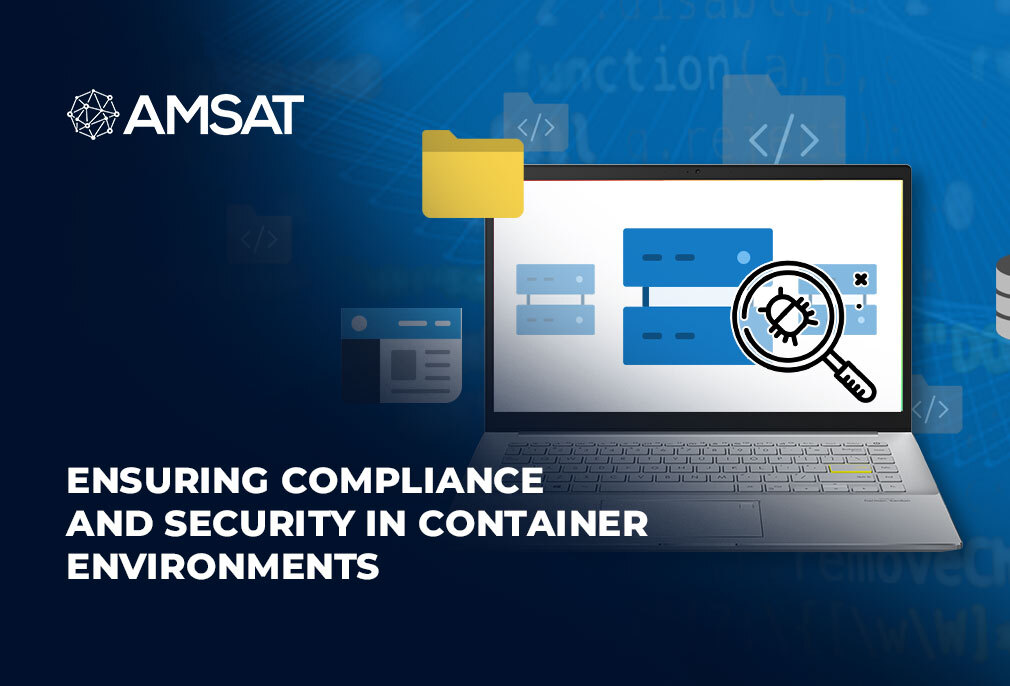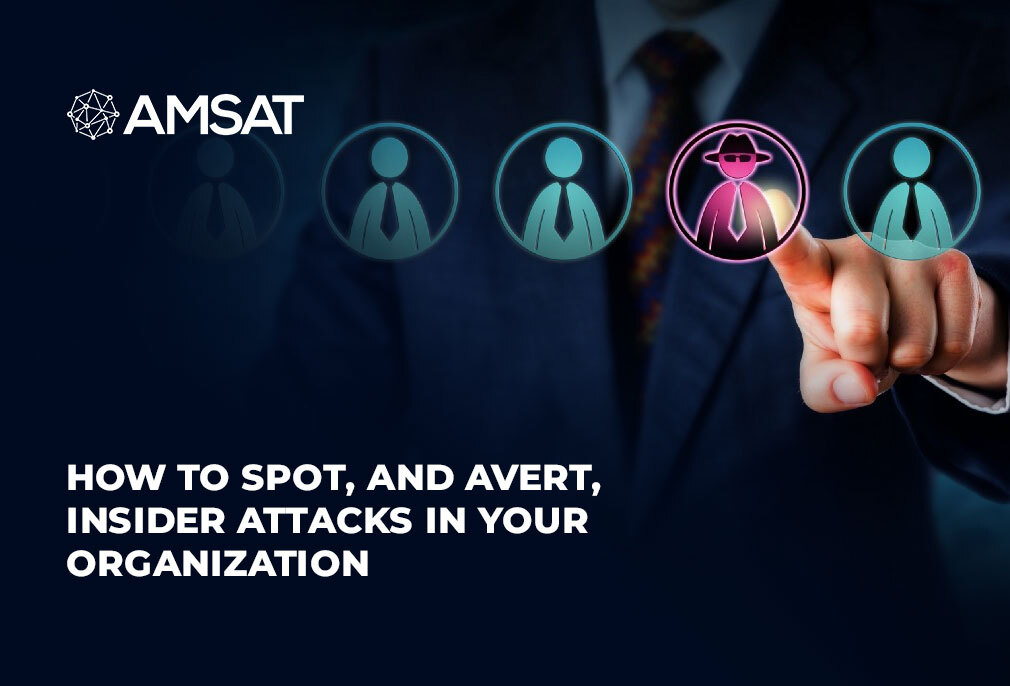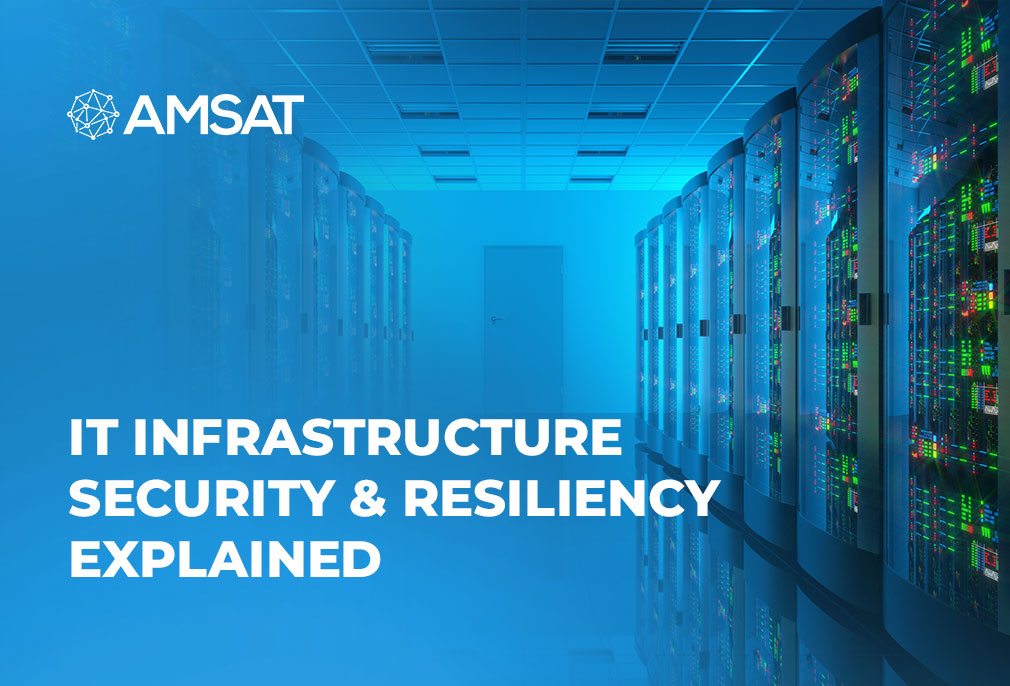Latest Blogs

By AMSAT Nov 27,2020
Cybersecurity Weekly News Roundup
In the outgoing week, reports of security breach, hijacking of firmware, security flaws in web hosting software, discovery of a zero-day flaw, and more made headlines in the world of cybersecurity.
Here is a brief review of news that stood out in the
cyberworld.
Manchester United revealed security breach
European football club Manchester United divulged a cybersecurity incident that impacted its internal systems. The football club said it was unsure if the breach allowed the attackers to access data associated with fans.
Security researcher discovered method to overwrite and hijack the firmware of Tesla
A Belgian security researcher Lennert Wouters came up with a method to overwrite and hijack the firmware of Tesla Model X key fobs, allowing them to steal any car that is not running on the latest software update.
Security experts found major security defect in web hosting software cPanel
Security experts from Digital Defense discovered a major security flaw in cPanel, a popular software suite that facilitates the management of a web hosting server. The vulnerability allows cybercriminals to avoid two-factor authentication (2FA) for cPanel accounts used by website owners to access and manage their websites and server settings.
Security researcher accidentally discovered Windows 7 and Windows Server 2008 zero-day
A French security scientist inadvertently found a zero-day vulnerability that affects the Windows 7 and Windows Server 2008 R2 operating systems. The bug was discovered in two misconfigured registry keys for the RPC Endpoint Mapper and DNSCache services that are part of all Windows installations.
TAGS
- Cybersecurity
- Security Updates
- security breach
Recent Blogs
Ready to Get Started?
Our specialists are ready to tailor our security service solutions to fit the needs of your organization.






















